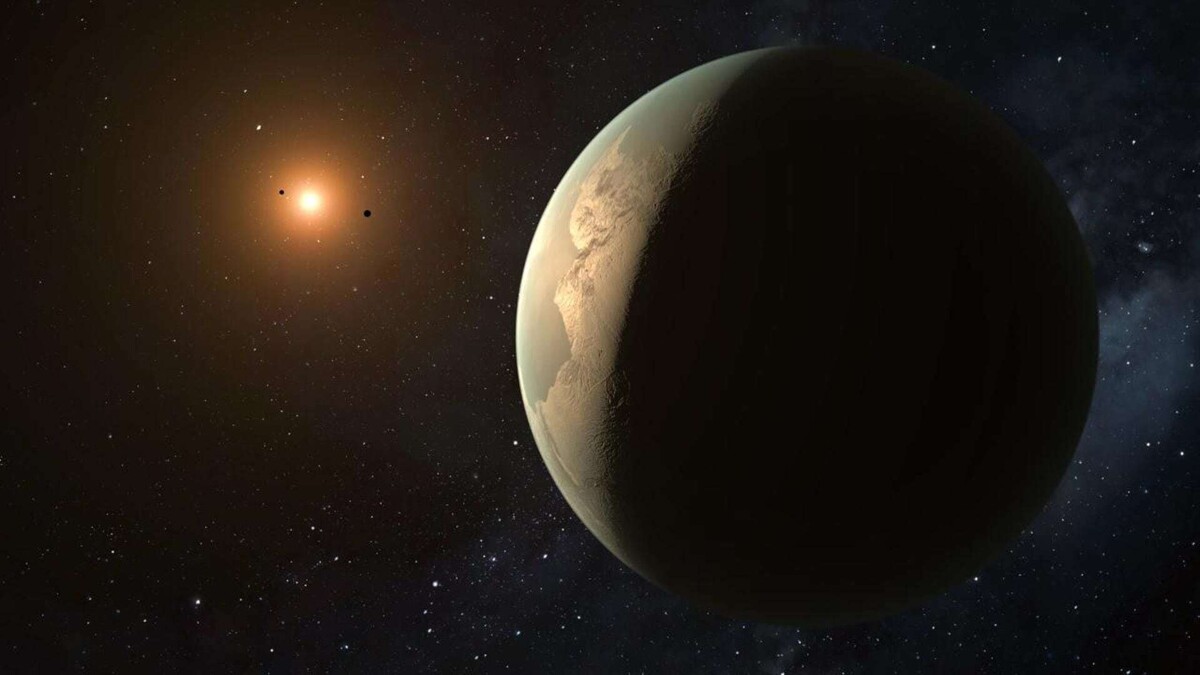
An international team led by a predoctoral researcher from the Instituto de Astrofísica de Canarias (IAC) in Spain has discovered a super-Earth orbiting in the habitable zone of GJ 3998, a red dwarf located 59 light-years away. This planet, named GJ 3998 d, is the third planet found in this system, as confirmed by the IAC in a statement.
"This gives us one more reason to keep searching for habitable planets around us," said Atanas Stefanov, a doctoral student and lead author of the study published in Astronomy & Astrophysics. GJ 3998 d, the recently discovered super-Earth, has a mass six times that of Earth and completes an orbit every 41.8 days in the "optimistic" habitable zone of its star.
"GJ 3998 is significantly smaller and colder than the Sun, which shifts the habitable zone closer to the star," explained Alejandro Suárez Mascareño, a researcher at the IAC and co-author of the study. Being different from Earth, if the planet is rocky, it could host liquid water on its surface, one of the fundamental requirements for life, according to Jonay I. González Hernández, also a co-author.
The proximity of GJ 3998 d to the Sun makes it a promising candidate for atmospheric characterization. "It should be possible to check for the presence of an atmosphere and look for oxygen using instruments such as the future ANDES spectrograph on the Extremely Large Telescope (ELT) of ESO," mentioned Rafael Rebolo, a co-author of the study. Additionally, GJ 3998 d would be an interesting target for the future 50-meter Exo Life Finder (ELF) telescope led by the IAC.
The discovery is part of the HADES program, which explores planetary systems around red dwarfs using the Telescopio Nazionale Galileo (TNG) on the Spanish island of La Palma. Red dwarfs, smaller and colder stars than the Sun, make up the majority of the stellar population in the galaxy and are primary targets in the search for low-mass planets.
Observations made with the HARPS-N spectrograph on the TNG telescope allowed the detection of small oscillations in the movement of the star, caused by the gravitational influence of the orbiting planets. The team, having discovered two planets in 2016 in the same system, continued to observe until identifying this third planet, emphasizing the frequency of multi-planetary systems in the universe.










